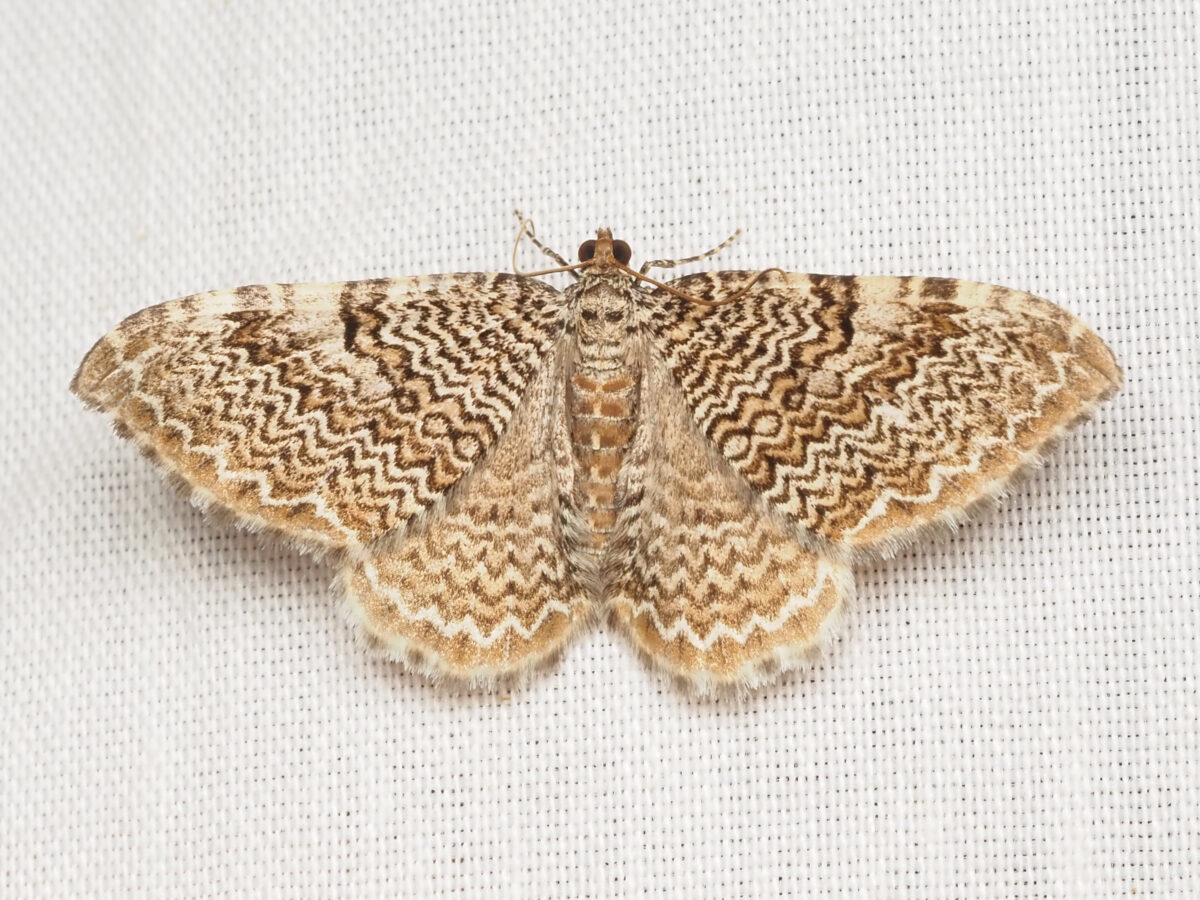Don’t Spray and Pray. How to water.
Reading time: 4 minutes
By: Bill Finch
Trickle down politics may not have helped your pocketbook, but trickle-down watering will make all the difference in how your plants survive this drought.
Dripper hose. Courtesy of LowesTrickle-down watering is simple: You simply set the end of your hose on the plant you want to water, and you let the water trickle out, drip, drip, drip. Sort of like a leaky faucet. And it affects your water bill about like a leaky faucet: You’ll barely notice.
But boy, your plants will lap it up. That’s because trickle down watering delivers water to the plants just the way they need it, slowly and over an extended period.
I know a lot of you believe plants like to chug-a-lug like a freshman. But what happens when you try to pour a glass of water down your throat all at once? Plants choke on that excess water just like you do. Plants like water in little sips over a long period of time, trickle by trickle, just like you.
Most folks could take care of most of their watering problems with just one or two trickling hoses, if they’re moved around from plant to plant once or twice a day.

To get a little more sophisticated, buy a SHORT length of soaker hose, no more than 25 feet, and set it so that it just drips. Soaker hoses even work great in lawns: Snake them around so that the loops are two to three feet apart. Once you’ve watered well for a few hours, so the ground is wet 6 inches deep, you may not have to water again for weeks (or with any luck, for the rest of the winter).
Here’s why trickle down watering works:

Baby plants need small sips frequently.
Plants recently planted don’t yet have their roots in the ground. They’re still bound in that dollop of soil that was in the container. To keep these plants alive, soaking the ground around them is a waste. Only the container soil needs to be soaked.
It doesn’t take much to wet that little bit of container soil. A newly planted six-foot tree could survive on less than 3 gallons of water a week. But please note: All of that water has to be absorbed by the roots of the plant. Any water that rolls off into the surrounding ground doesn’t help at all.
Trickle-water the young plant, not the surrounding soil.
Mature plants need only one good long soak.
Established plants —those that have been in the ground several months – should have extensive roots that spread far from the crown. For these older plants, you want to soak the surrounding ground, not the plant. And you want to soak the ground deeply, down to six inches, so that there’s a reservoir of water that lasts for weeks.
With mature plants, frequent watering is not only wasteful, it actually harms the plant. Leaves and crowns that are watered repeatedly are highly vulnerable to disease. And short, shallow watering creates a root system that is highly vulnerable to drought.
Watering long and slow is the secret. Once the ground is soaked six inches deep, the clay soils around Birmingham will hold on to that water for several weeks.
Trickling gets the water to where plants drink
When friends ask for a drink of water, you don’t pour it on their feet. Generally speaking, humans don’t absorb water through their feet. And plants don’t absorb water through their leaves. I hate to point out the obvious to all of you leaf-spritzers, but plants sip water through their roots!
And where are those roots? Most of them are concentrated 2 to 6 inches deep in the soil. So simply wetting the surface of the soil doesn’t help. You’ve got to soak the soil at least 3 inches deep, and preferably 6 inches deep, to have any significant impact. You can only do that a trickle at a time.

Watering the air is a waste
There’s no need to re-create the fountains of Rome. And the higher you throw water up into the air, the more you’re going to waste.
When temperatures are high and humidity is low, a significant percentage of the water sprayed into the air is lost to evaporation. During drought, that could wipe out other water-saving efforts.
On the other hand, if you trickle water, there’s almost no loss to evaporation, even during the day.



